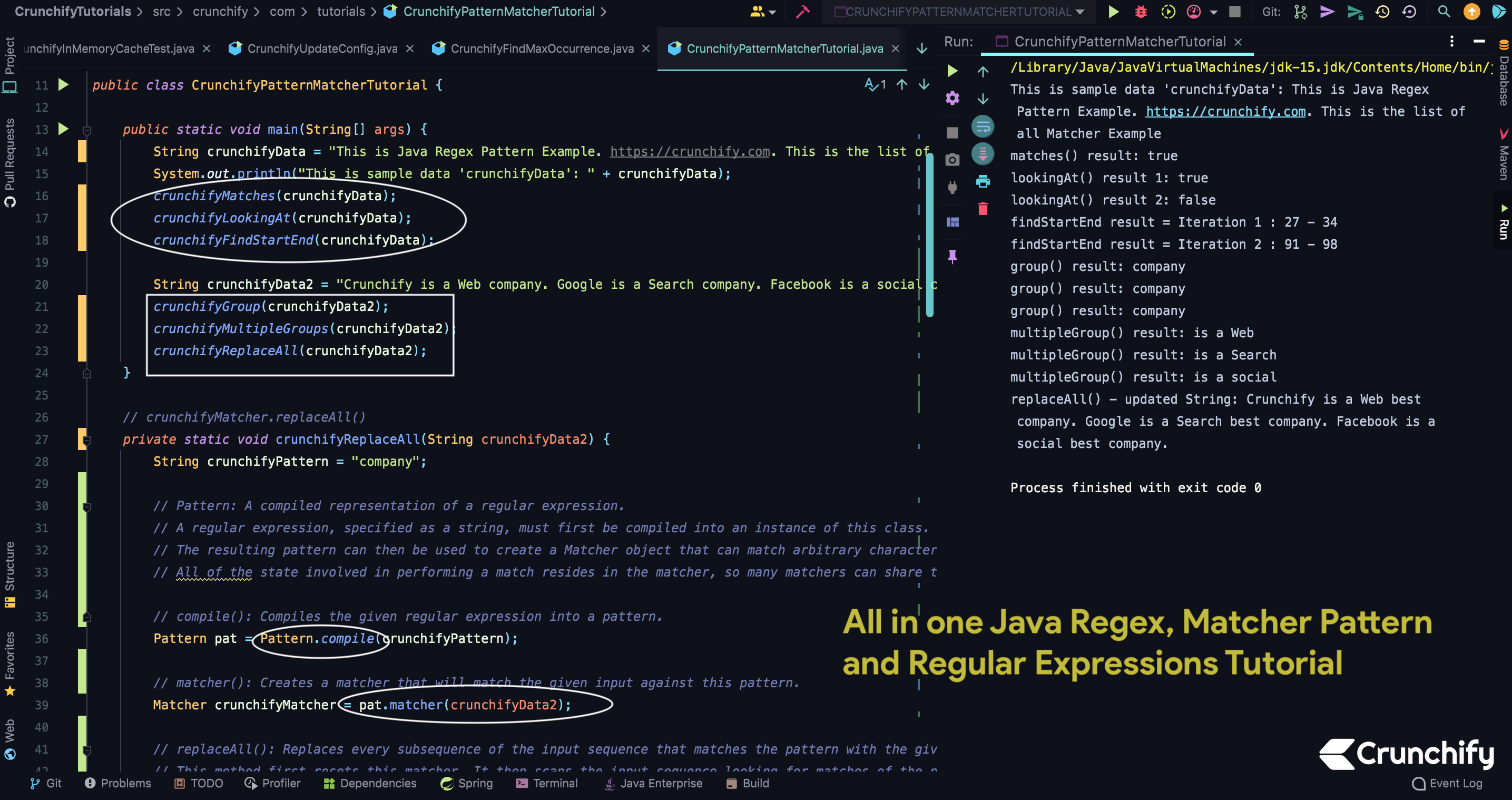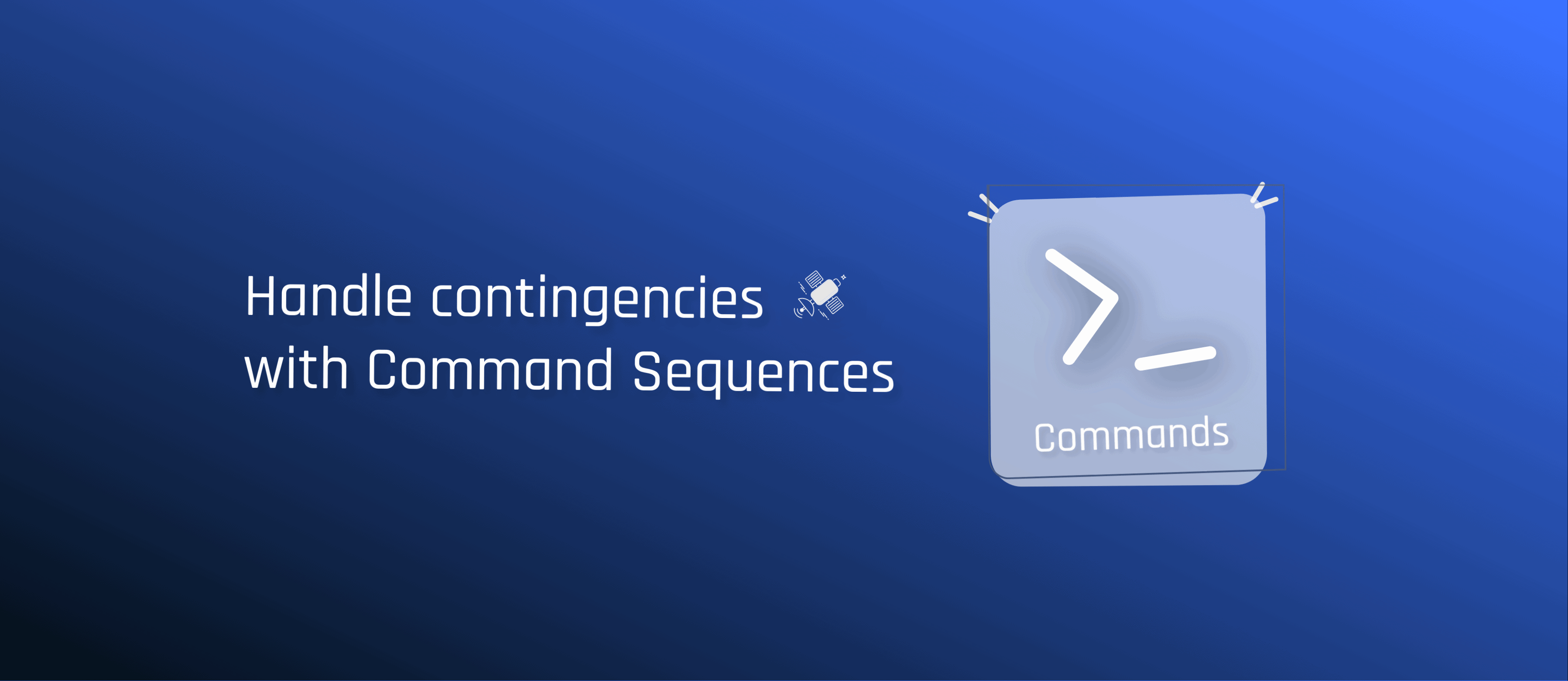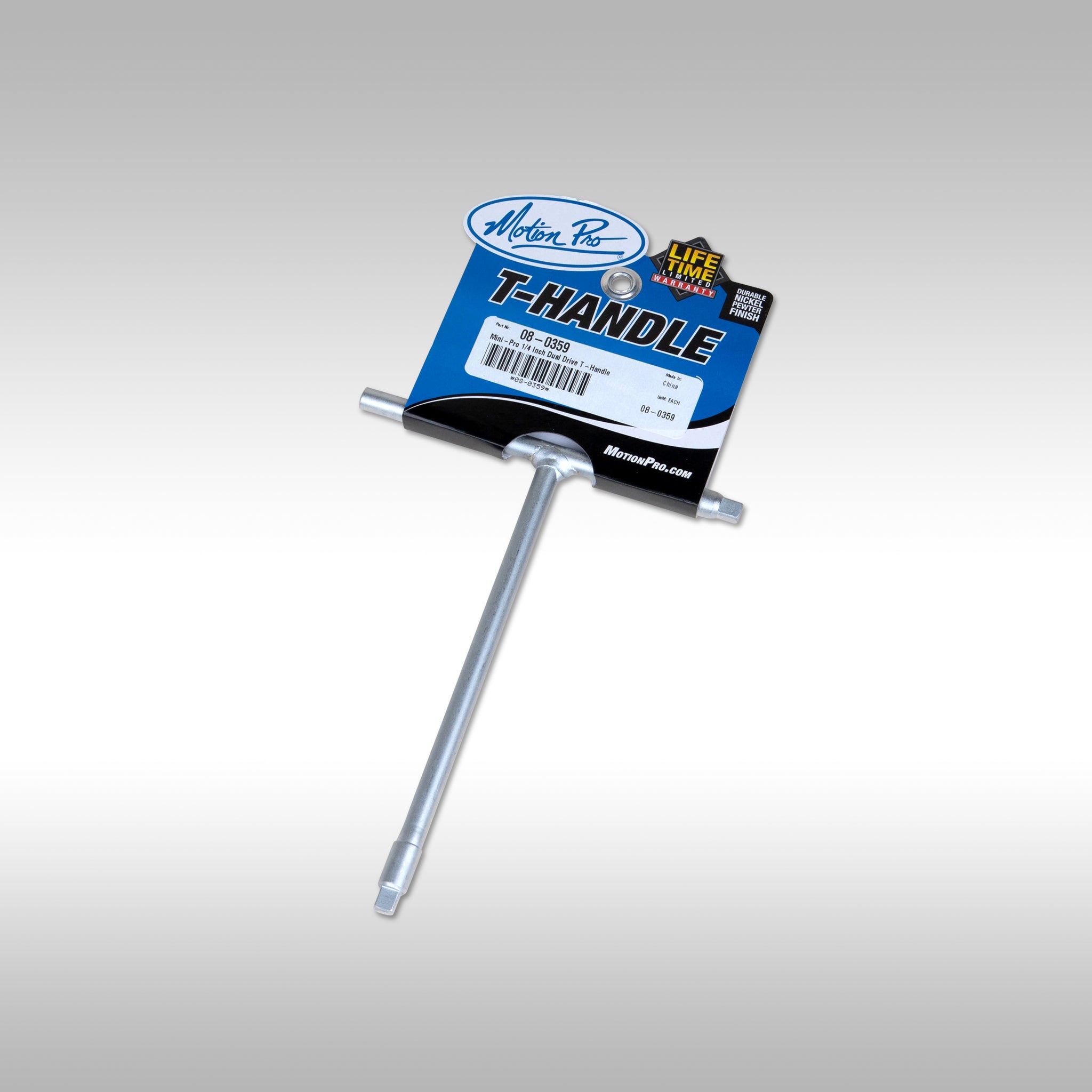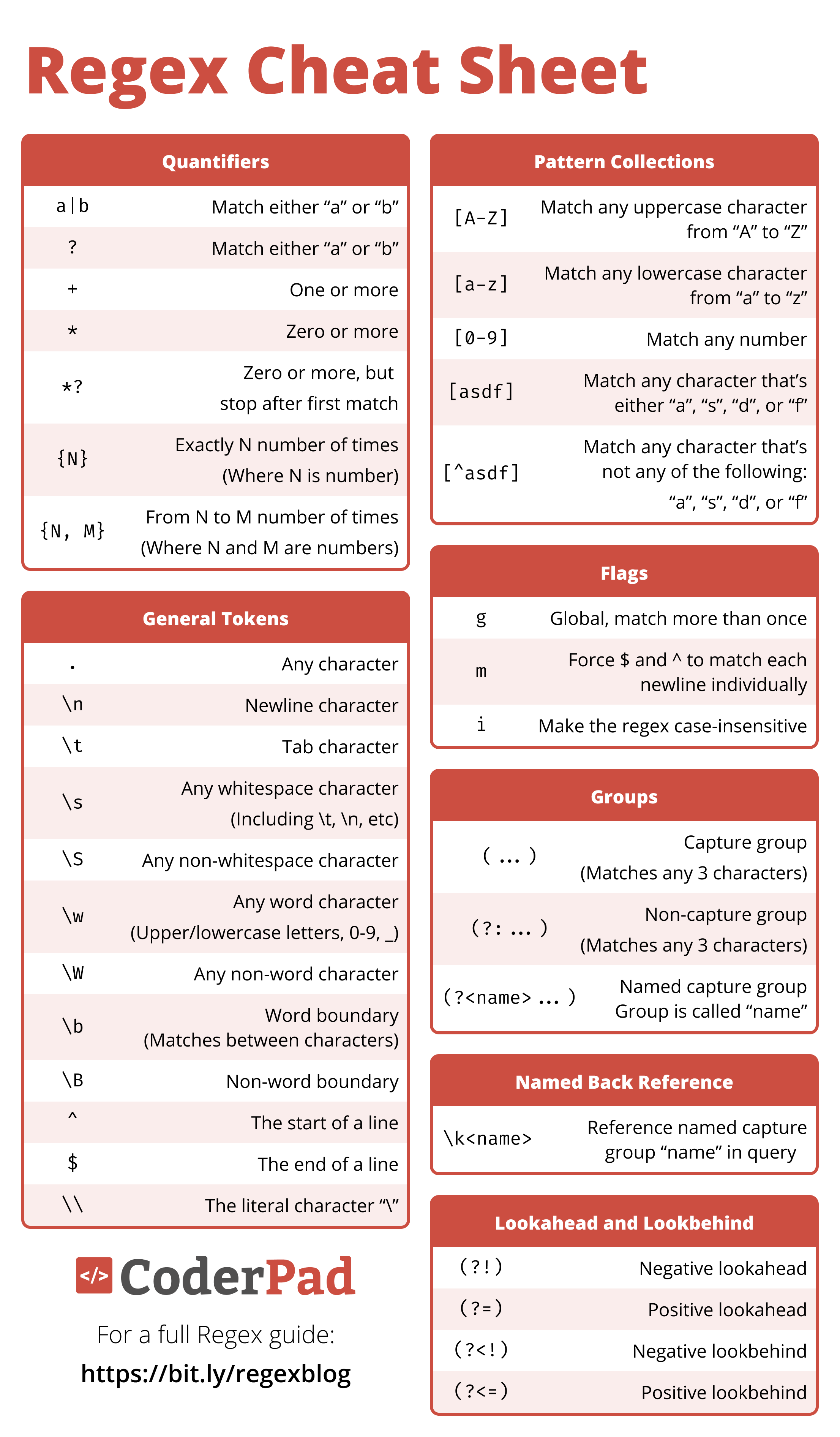· the regex compiles fine, and there are already junit tests that show how it works. · specifically when does ^ mean match start and when does it mean not the following in regular expressions? It makes the regular expression look only for … Be aware that the first ^ in this answer gives the regex a completely different meaning: · what does \d+ mean in a regular expression?\d is a digit (a character in the range [0-9]), and + means one or more … Its just that im a bit confused about … By putting ^ at the beginning of your regex and $ at the end, you ensure that no other characters are allowed before or after your …
Regex: Easily Handle Optional Characters (Pro Tip Inside!)
· the regex compiles fine, and there are already junit tests that show how it works. · specifically when does ^ mean match start and...








